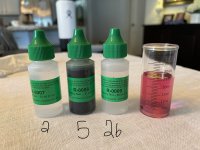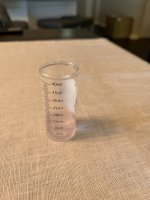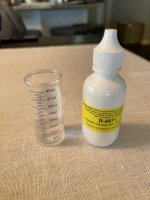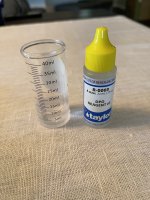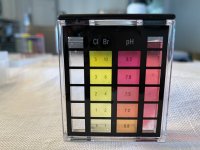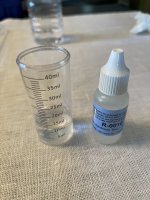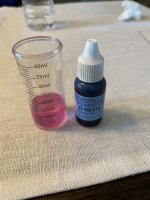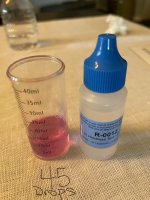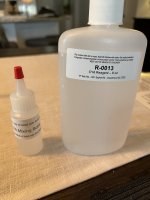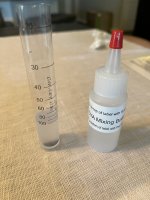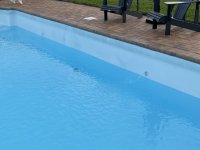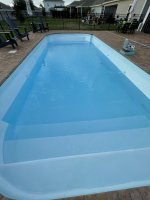You did have a lot of calcium carbonate precipitate in the water.
So, it could have dissolved and raised the TA.
Let's verify the TA and the CSI.
How does the water look now?
Is all of the precipitation gone?
So, it could have dissolved and raised the TA.
Let's verify the TA and the CSI.
How does the water look now?
Is all of the precipitation gone?


